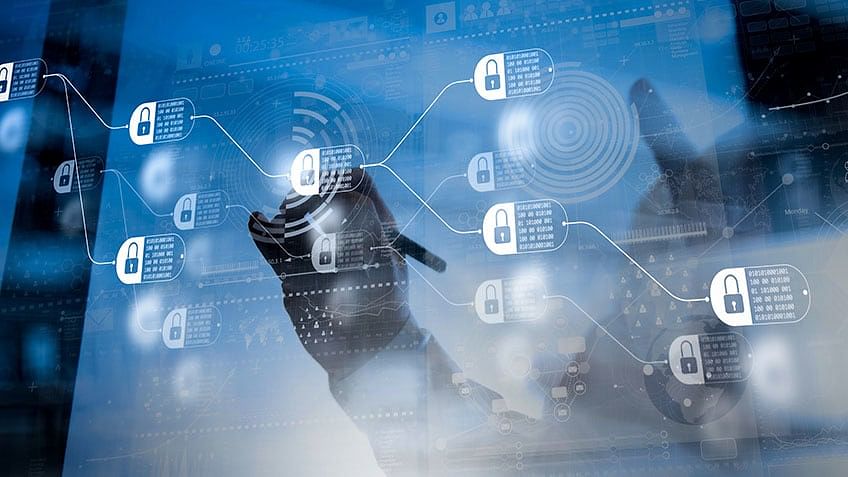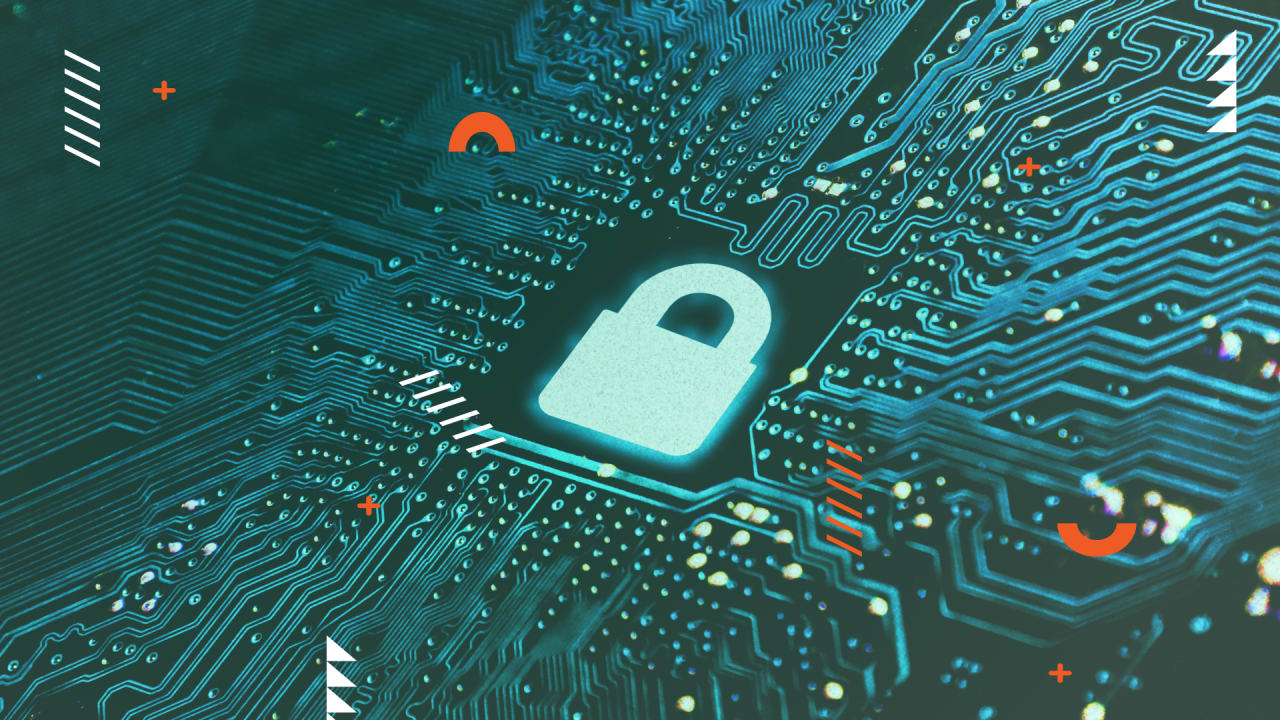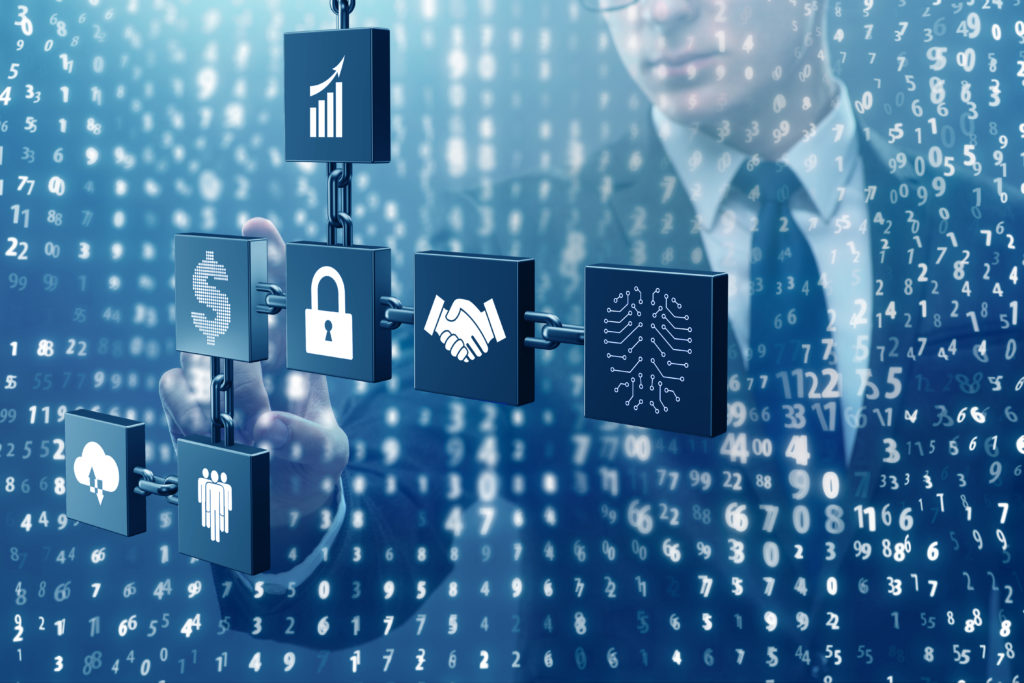Deep Review on Blockchain Security
Introduction
Blockchain technology has revolutionized various industries by offering decentralized and transparent systems for recording and verifying transactions. However, despite its numerous benefits, blockchain is not immune to security risks. In this comprehensive guide, we will delve into the intricacies of blockchain security, covering everything from potential vulnerabilities to best practices for safeguarding blockchain networks.
In recent years, the rise in cyber-attacks has raised significant concerns about the security of blockchain technology. Despite its reputation for decentralization and transparency, blockchain is not immune to security risks. This comprehensive guide aims to provide an in-depth exploration of blockchain security, covering everything from its vulnerabilities to best practices for safeguarding blockchain networks.
Understanding Blockchain and Its Types
Blockchain, a distributed ledger technology (DLT), is the backbone of cryptocurrencies and various other applications. It operates as a decentralized network of interconnected nodes, where each node maintains a copy of the ledger. Blockchain is categorized into two main types: public and private blockchains.
Public Blockchains: Also known as permissionless blockchains, public blockchains allow anyone to join and participate in the network. Examples include Bitcoin and Ethereum. These blockchains prioritize transparency and decentralization, enabling users to maintain anonymity while transacting.
Private Blockchains: In contrast, private blockchains, or permissioned blockchains, require permission to access and participate. These blockchains are typically used by enterprises and organizations for specific purposes. While they offer greater control and privacy, they are vulnerable to insider threats.
Blockchain Security Overview
Blockchain security encompasses a range of measures aimed at protecting blockchain networks, data, and assets from unauthorized access and cyber threats. These measures include cybersecurity frameworks, encryption techniques, secure coding practices, and regulatory compliance. Despite its inherent security features, blockchain is not immune to vulnerabilities and cyber-attacks.
Blockchain Security Threats
Several cyber threats pose risks to blockchain security, including phishing attacks, code exploitation, routing attacks, and stolen keys. Phishing attacks involve deceiving users into revealing sensitive information through fraudulent means, while code exploitation exploits vulnerabilities in blockchain software. Routing attacks exploit weaknesses in network routing protocols, while stolen keys can grant unauthorized access to blockchain networks and assets.
Best Practices for Building Secure Blockchain Solutions
To mitigate security risks in blockchain solutions, it is essential to implement best practices such as:
- Defining and enforcing endorsement agreements based on business contracts
- Activating identity and access management controls
- Implementing suitable tokens for authentication and authorization
- Securely storing identity keys and implementing privileged access management
- Using privacy-preserving infrastructures and multi-factor authentication
- Maintaining strong cryptographic key management and conducting vulnerability assessments and penetration testing.
Understanding Blockchain Security
At its core, blockchain security refers to the measures taken to protect blockchain networks, data, and assets from unauthorized access, manipulation, and cyber attacks. Blockchain security encompasses a wide range of considerations, including network security, cryptographic protocols, consensus mechanisms, smart contract vulnerabilities, and regulatory compliance.
Key Components of Blockchain Security
1. Network Security: Securing the underlying network infrastructure of a blockchain network is crucial to prevent unauthorized access and data breaches. This involves implementing firewalls, encryption, access controls, and regular network monitoring to detect and mitigate potential threats.
2. Cryptography: Cryptographic algorithms play a fundamental role in ensuring the integrity and confidentiality of data stored on the blockchain. Techniques such as hashing, digital signatures, and encryption are used to protect transactions and sensitive information from tampering and unauthorized access.
3. Consensus Mechanisms: Consensus mechanisms are protocols that enable participants in a blockchain network to agree on the validity of transactions and maintain the integrity of the ledger. Popular consensus mechanisms such as Proof of Work (PoW), Proof of Stake (PoS), and Delegated Proof of Stake (DPoS) help prevent double-spending and Sybil attacks.
4. Smart Contract Security: Smart contracts are self-executing contracts with predefined conditions encoded in code. However, vulnerabilities in smart contract code can be exploited by malicious actors to steal funds or disrupt network operations. Conducting thorough code audits, implementing security best practices, and using formal verification tools can help mitigate smart contract risks.
5. Regulatory Compliance: Compliance with regulatory requirements and standards is essential for blockchain projects to operate legally and mitigate legal and reputational risks. Adhering to Know Your Customer (KYC) and Anti-Money Laundering (AML) regulations, data privacy laws, and industry-specific regulations helps ensure transparency and trust in blockchain ecosystems.
Best Practices for Blockchain Security
1. Implement Multi-Layered Security: Utilize a combination of network security, encryption, access controls, and monitoring tools to create multiple layers of defense against cyber threats.
2. Regular Audits and Penetration Testing: Conduct regular security audits and penetration testing to identify and address vulnerabilities in blockchain networks and applications proactively.
3. Stay Updated on Security Best Practices: Keep abreast of the latest developments and best practices in blockchain security, including advancements in cryptographic algorithms, consensus mechanisms, and smart contract security tools.
4. Secure Development Practices: Follow secure coding practices and principles such as input validation, parameterized queries, and code reviews to minimize the risk of vulnerabilities in blockchain applications.
5. Engage with the Community: Collaborate with cybersecurity experts, blockchain developers, and industry peers to share insights, exchange best practices, and stay informed about emerging security threats and trends.
The Ultimate Guide to Blockchain Security
Conclusion
Building secure blockchain solutions requires a proactive approach to identifying and mitigating security risks. By implementing best practices and adhering to cybersecurity frameworks, businesses and individuals can enhance the security and resilience of blockchain networks. Ultimately, a collaborative effort is needed to create a safer ecosystem for blockchain users and stakeholders.
Blockchain security is a multifaceted discipline that requires a comprehensive understanding of network architecture, cryptographic principles, consensus mechanisms, and regulatory requirements. By adopting a proactive approach to security, leveraging robust encryption techniques, and adhering to industry best practices, blockchain stakeholders can mitigate risks and build resilient and secure blockchain ecosystems for the future.
Thanks for reading................................









































